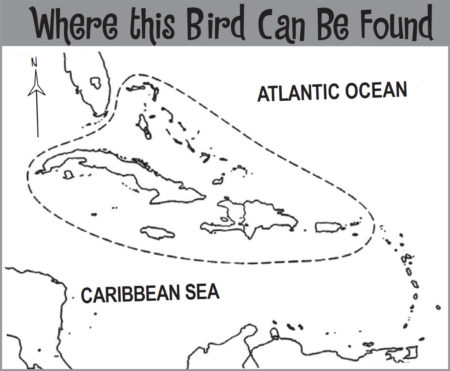Celebrate World Migratory Bird Day (WMBD) with us in our virtual “Birds Connect Our World” edition! Have fun learning about a new migratory bird every day. We have colouring pages, puzzles, activities, and more. Download for free and enjoy nature with your family at home.
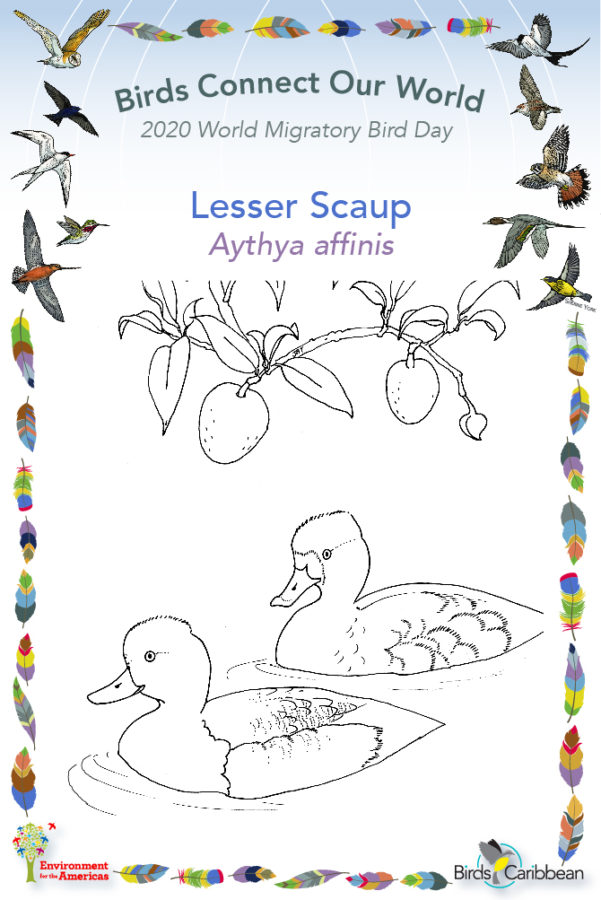
Migratory Bird of the Day: Lesser Scaup
Moving on from shorebirds, but sticking with the watery theme, today’s migratory bird is a duck. The Lesser Scaup is medium sized for a duck and like many ducks, the male and female look quite different from each other. Males have black heads with purple/ green iridescence, a black neck and breast, white sides and greyish ‘marbled’ looking backs. They also have blue bills and bright yellow eyes. Females are warm chocolate brown, with a white patch that varies in size just behind the bill. Both sexes have a white wing-stripe, which runs half-way along the trailing edge of the upper wing and can be seen as they fly.
The Lesser Scaup is a diving duck that swims and feeds under water. Their bills are shaped like scoops, which helps them dig through soft mud looking for aquatic animals and plants. These ducks have quite a wide breeding range, across Canada and part of the US. They migrate south to spend the winter in warmer areas. They wait until there is ice on the lakes in North America before they begin migration, and they spend the winter farther south than any other diving duck in their species group (Aythya). This means that during November some will arrive in the Caribbean. They are most common in the northern Caribbean, including the Bahamas, Cuba, Cayman Islands, Jamaica, Hispaniola, and Puerto Rico, but can be found in other islands too.
When in the Caribbean Lesser Scaups can be found on large open water bodies, either fresh or coastal waters, often in groups. This species is very similar to another duck, the Greater Scaup. The best way to tell them apart is by head shape—the Lesser Scaup’s head is more narrow and egg-shaped with a peak (highest point) near the back of the head, while the head of the Greater Scaup is perfectly round. In addition, the sides and back of the Greater Scaup are lighter and it has a larger black nail on the tip of the bill. Luckily the Greater Scaup is far less common in the Caribbean so there shouldn’t be too many opportunities to mix them up! Learn more about this species, including its range, photos, and calls here.
Colour in the Lesser Scaup!
Download the page from Migratory Birds of the West Indies Colouring Book. Use the photos below as your guide, or you can look up pictures of the bird online or in a bird field guide if you have one. Share your coloured-in page with us by posting it online and tagging us @BirdsCaribbean #WMBD2020Carib
Listen to the call of the Lesser Scaup
The Lesser Scaup is often silent, but the females tend to make more noise than males. You might hear their ‘barking’ calls.
Puzzle of the Day
Click on the images below to do the puzzles. You can make the puzzle as easy or as hard as you like – for example, 6, 8, or 12 pieces for young children, all the way up to 1,024 pieces for those that are up for a challenge!
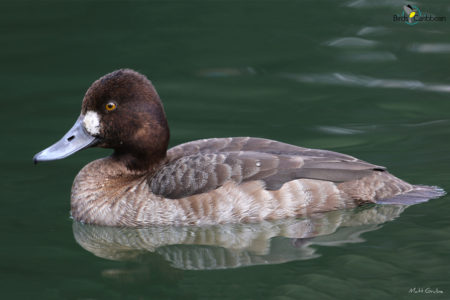
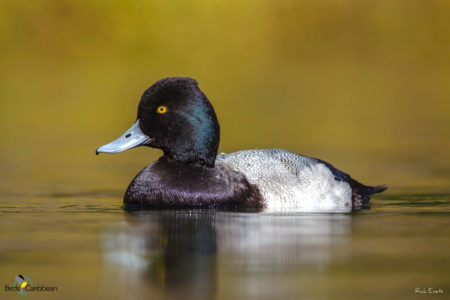
Activity of the Day
FOR KIDS: Find out more about the Lesser Scaup by looking at this cool information sheet! It has facts about where they breed, when and where they migrate, and a map to help you see just how far they travel. And about what they like to eat! 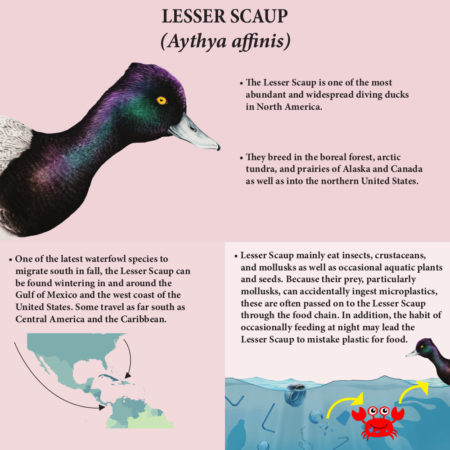
FOR KIDS AND ADULTS:
- Visit a pond or wetland and see if you can find and identify any ducks. Use a bird field guide or the FREE Merlin bird ID app to help you identify the birds you are seeing.
- Enjoy the videos below of Lesser Scaup in the wild! The first one shows a group of birds feeding (3 males but one is an immature). Watch them ‘vanish’ under the water to forage and the pop back up with food. In the second video you can see a group of males and females flying. The white patch at the base of the females’ bills is obvious, as is the white stripe in the wings of both the males and females.
- Visit MigratoryBirdDay.org for many more free activities and resources to learn about migratory birds, their threats and conservation actions you can take.

